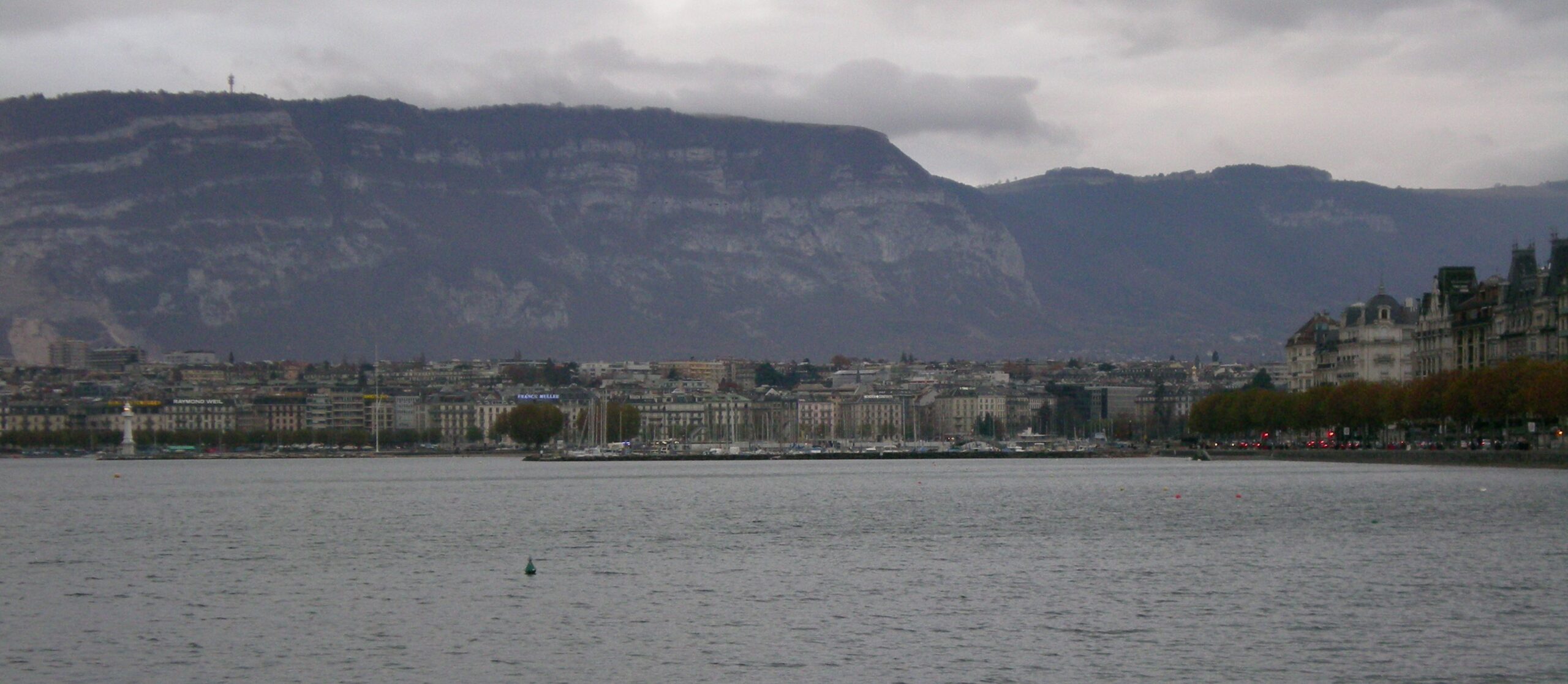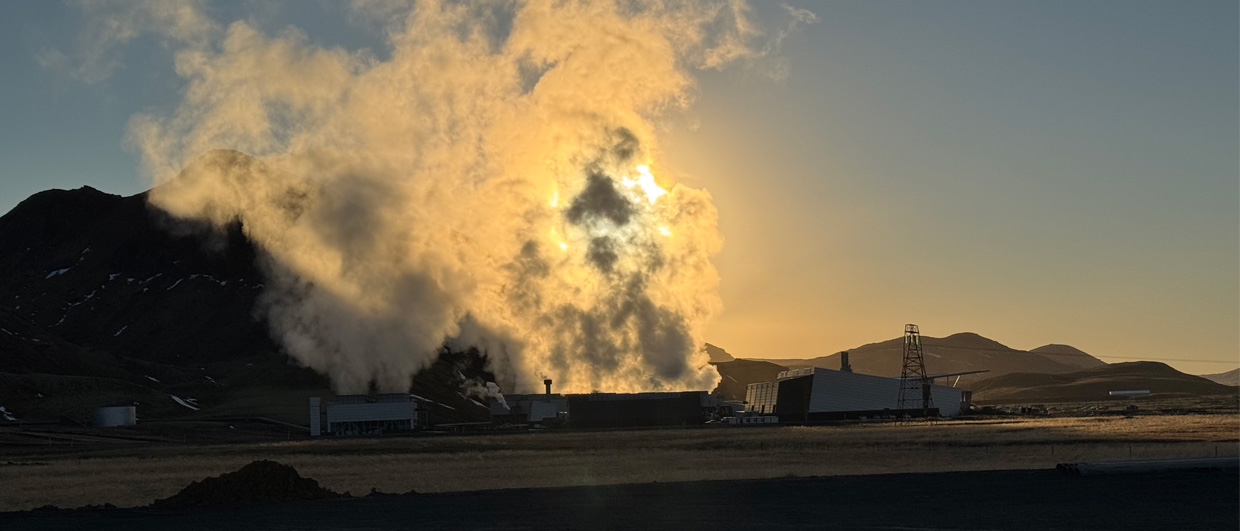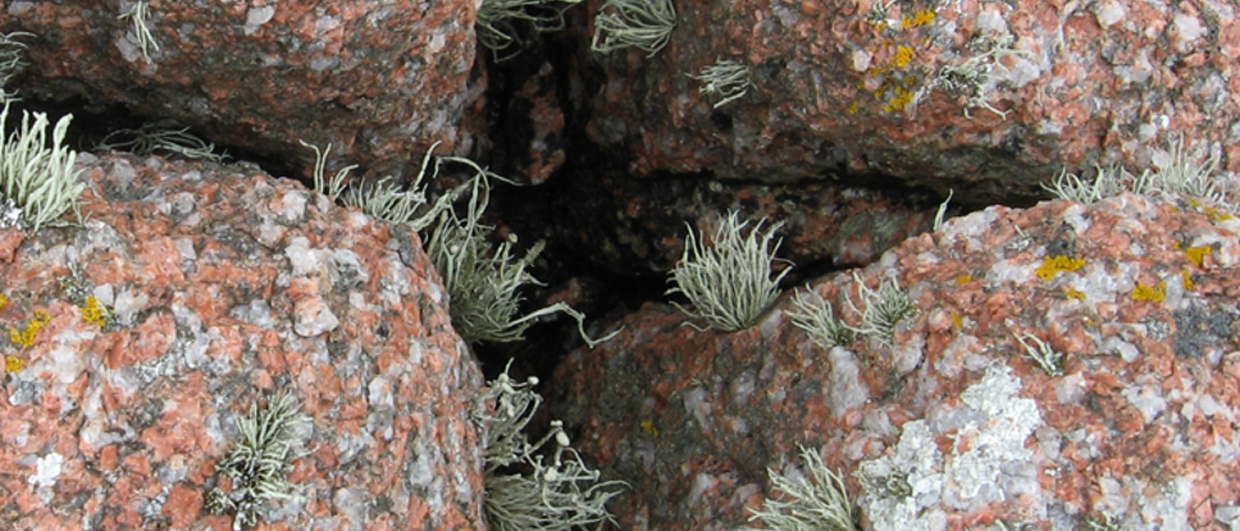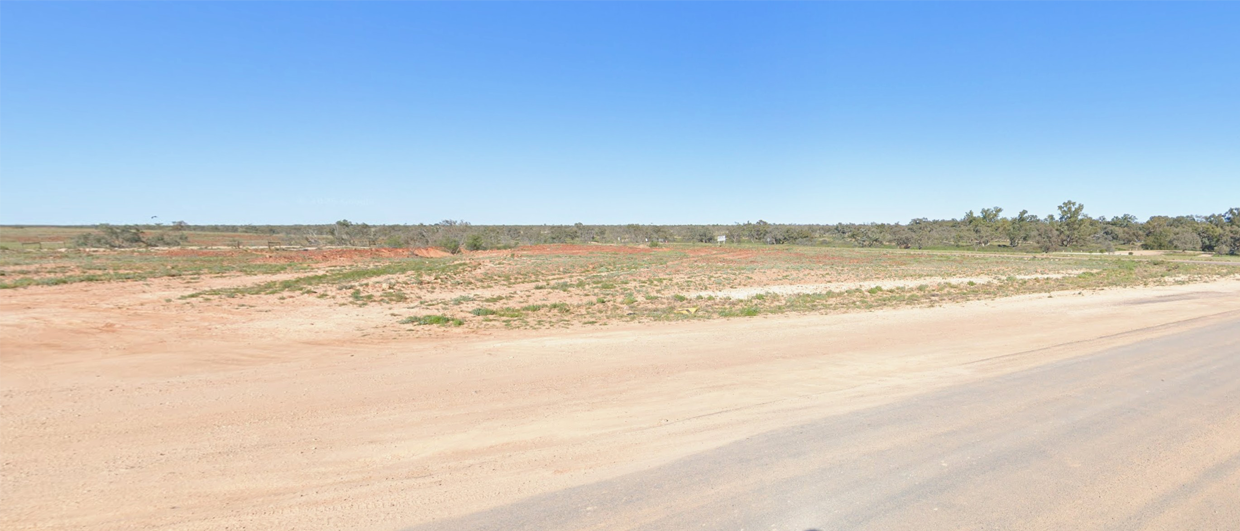“The geothermal potential of Geneva is confirmed”, stated the press release that was issued by website geothermies.ch in November 2022. This headline was not the result of a successful geothermal production test, it followed the successful acquisition and interpretation of a 3D seismic survey. According to the press release, the results are a major geological discovery.
Prior to the seismic acquisition, the geologists who wrote the report thought that faults in the Geneva area displayed a NW-SE strike direction. However, following the interpretation of the 3D survey, a more complex fault pattern with a dominant WSW-ENE strike direction was revealed, with smaller faults branching off. A major surprise, according to the group of researchers.

Salève thrust
For those who have ever been to Geneva, the city panorama is dominated by the Salève thrust, which exposes Upper Jurassic and Lower Cretaceous carbonates in an impressive cliff front just south of the city. The strike of the Salève thrust is NE-SW.
With that in mind, it is surprising that the geologists, prior to the acquisition of the seismic survey, had only “expected” a fault strike direction that is perpendicular to the Salève thrust front.
Only in 2021, a group of geologists led by Damien Do Couto published a paper in the Swiss Journal of Geosciences on the origins of hydrocarbons in the Geneva Basin, in which a detailed geological map of the area was included. Although the map does indeed show a prominent NW-SE striking normal fault and some smaller faults trending in the same direction, it also reveals a network of thrust faults more or less parallel to the Salève direction. It is what one would expect from such a subsurface setting. Therefore, the pre-seismic acquisition fault interpretation presented by the geothermal study was oversimplified and did not do justice to previous scientific work.
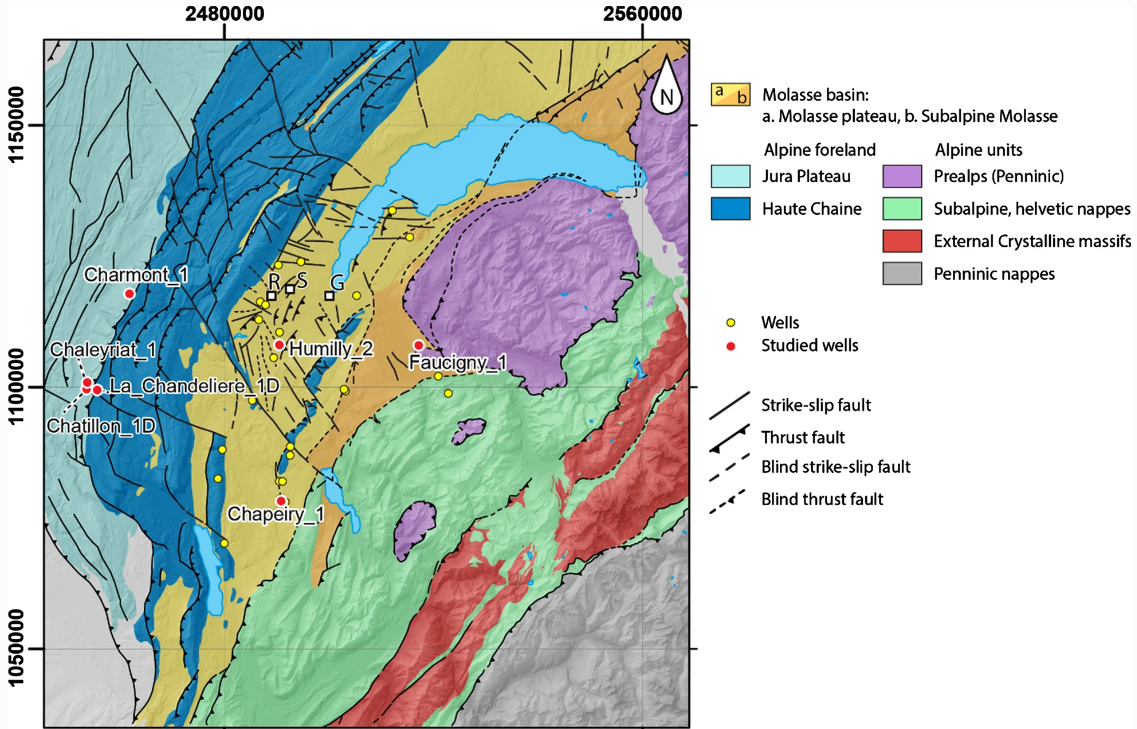
Based on the interpretation of the denser fault network showing other strike directions than expected, the group subsequently draws the conclusion that the geothermal potential of the Geneva Basin is confirmed. That conclusion seems a little oversimplified too. It is usually the drilling of a well that requires geothermal potential to be firmed up. And these wells were drilled, not too long ago. With mixed results. In other words, the suggestion that Geneva’s geothermal energy potential is confirmed – leaving the impression that the job is almost done – is a little too upbeat.

